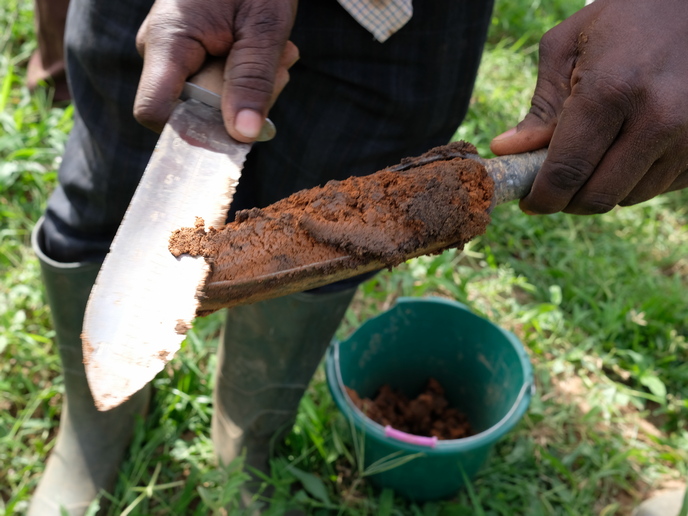Climate change and reproductive health
The CLEAR (Climate change, environmental contaminants and reproductive health) project evaluated the potential impact of global climate change on contaminant distribution to the human population. The results were used to estimate the consequences of different exposure scenarios on human reproductive health. Investigations focused on Arctic and European populations in Greenland and in Poland and Ukraine, respectively. Project partners identified and described mechanisms by which climate change may increase human exposure to contaminants. Possible routes by which this can happen include changes in chemical use and emissions, delivery to the Arctic ecosystem, and processing within the Arctic physical environment and human food chain. Scientists also worked with more than 3 500 biobank serum samples to extend the existing knowledge database on human contaminant exposure. Results indicated a relatively small impact of climate-related changes in the physical environment on exposure-relevant concentrations in Arctic seawater for all types of persistent organic pollutants. However, far more serious implications are indicated for exposure based on changes in the structure of the human food chain. This raises a red flag, given shifts in many Arctic communities from traditional food items to imported foodstuffs. CLEAR provided a quantitative evaluation of health risks in populations in the Arctic and selected areas in Europe due to the spreading of contaminants resulting from climate change. Scientists used the largest existing mother-father-child cohort that includes Arctic as well as European populations with average or high exposure levels. The project therefore provided comprehensive and entirely new data on exposure profiles for several compounds of significant concern because of possible reproductive results. It relied not only on existing data but also contributed new original data into the assessment of risk concerning environmental contaminants and future scenarios related to climate change.







